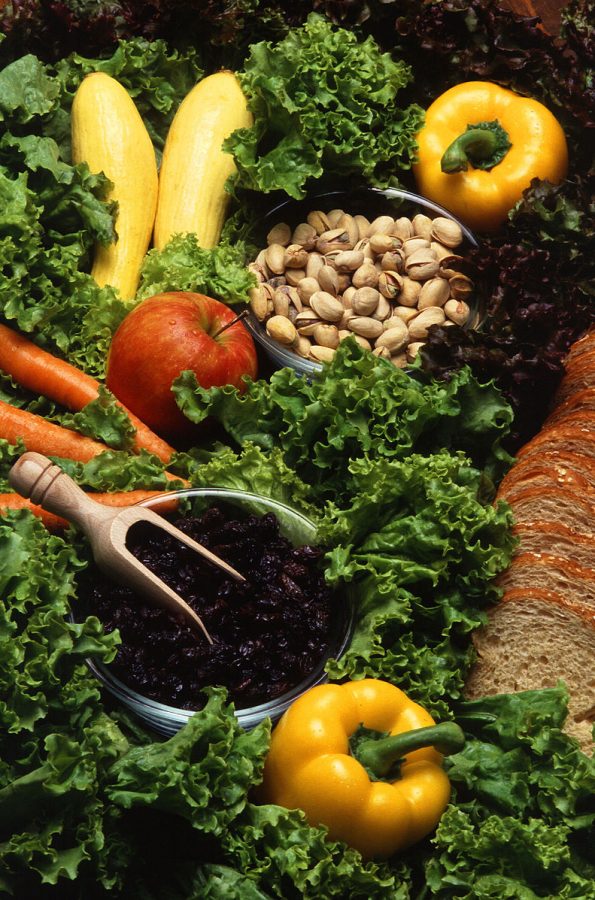Vegetarianism and plant-based diets have continued to increase in popularity over the last decade. This push has stemmed from a variety of reasons, whether those are environmental, animal cruelty or simply wanting to feel better. Although vegetarians often have a well-rounded diet without meat, many skeptics worry about the amount of protein vegetarians consume – but there are a plethora of different vegetarian alternatives, as listed below.
1.Tofu
Tofu is made from soy milk and is pressed into blocks of varying softness. It can be cooked in a variety of fashions such as baked, scrambled, fried, sautéed or even microwaved. Tofu’s versatile nature allows for a range of textures, and its somewhat bland taste leaves space for seasonings to make the dish special and unique.
2. Legumes
Legumes are members of the pea family such as chickpeas, green peas and peanuts. Not all legumes are beans, but all beans are legumes. With over 16,000 types grown all over the world, this food category makes it easy to find something you like while adding a protein to any meal.
3. Lentils
Lentils are a specific type of legume, but their popularity often makes them stand out as a staple in many plant-based diets. While most lentils are produced in Canada and India, lentils are most commonly consumed in Turkey, Syria, Jordan, Morocco and Tunisia. There are a variety of lentil types, each with a somewhat different flavor and size, which adds to the versatility of this legume.
4. Impossible Burgers
While some find the transition to becoming vegetarian easy, others miss staple meats such as ground beef. The Impossible Burger, a plant-based burger made to taste exactly like real meat, helps give people the taste they miss while keeping a vegetarian diet. This “burger” is made of soy and potato proteins, along with yeast extract and heme for taste.
5. Tempeh
Tempeh, which is believed to have originated in Indonesia, is made from fermented soybeans. Tempeh is somewhat similar to tofu, but tempeh has a distinct nutty flavor that differentiates the two. Like tofu, tempeh can be cooked in a variety of ways, but it is normally pan-fried or baked. Along with the nutritional value of soybeans, tempeh often includes legumes, grains, nuts or seeds pressed into the block as well.
Whether one is looking to go vegetarian or simply wants to try meatless Mondays, plant-based alternatives often have a positive impact on both your body and the environment. The options of meat “replacements” are endless, so it may be worth giving one a try to test out a new diet.








